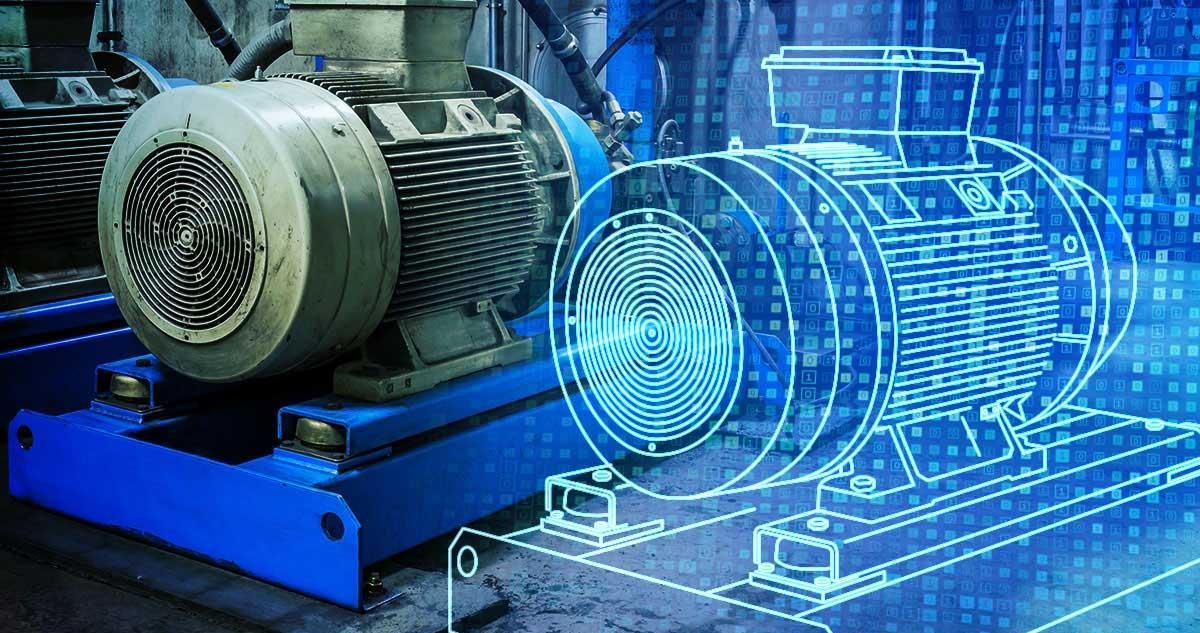Let's Discuss
Enquire NowA virtual representation created to accurately represent a physical object is called a digital twin. The object being researched, such as a wind turbine, is equipped with a variety of sensors that are connected to critical functioning regions. These sensors generate information about various performance characteristics of the physical device, including energy output, temperature, environmental conditions, and more. The processing system then applies this information to the digital copy.
After receiving this information, the virtual model can be used to run simulations, investigate performance problems, and produce potential enhancements, all to produce useful insights that can later be applied to the original physical device.
Types of Digital Twins
Digital twins come in a variety of forms depending on how magnified the product is. The field of application is where these twins diverge the most. It is typical for various kinds of digital twins to coexist in a system or process. Let’s look over the different digital twin types to understand their distinctions and applications.
- Component twins/ Parts twins
- Asset twins
- System or unit twins
- Process twin
Digital twin market and industries
Despite the benefits that digital twins provide, not every company or every product made needs to employ them. Not all objects are intricate enough to require the continuous and intensive influx of sensor data that digital twins demand. Additionally, it is not always advantageous financially to devote a considerable amount of resources to the development of a digital twin. (Remember that a digital twin is an exact clone of a physical object, thus making one might be expensive.)
Digital twin market: Poised for growth.
The market for digital twins is growing quickly, which suggests that even if they are already used in many different industries, demand will persist for a while. The market for digital twins was worth USD 3.1 billion in 2020. It may continue to grow rapidly until at least 2026, rising to a projected USD 48.2 billion1, according to certain industry observers.

Applications
- Power generation equipment.
- Structures and their systems.
- Manufacturing operations.
- Healthcare services.
- Automotive industry.
- Urban planning.
The future of digital twin
There is little doubt that current operational paradigms are undergoing a major transformation. Asset-intensive businesses are experiencing a disruptive digital reinvention that is redefining operating models and necessitating an integrated physical plus digital view of assets, equipment, buildings, and processes. A crucial component of that realignment is digital twins.
Due to the ongoing allocation of more and more cognitive resources to their utilisation, the potential of digital twins is almost endless. Digital twins can continue to produce the insights required to improve products and streamline operations since they are always acquiring new knowledge and abilities.
Disclaimer: The opinions expressed in this article are those of the author(s) and do not necessarily reflect the positions of Dexlock.



